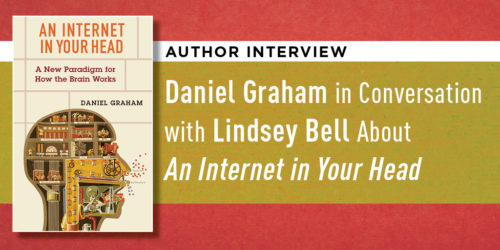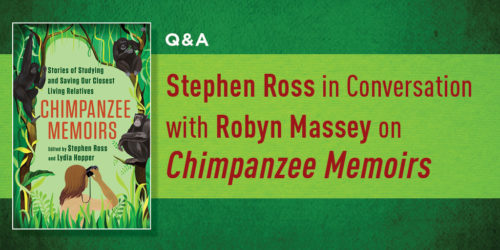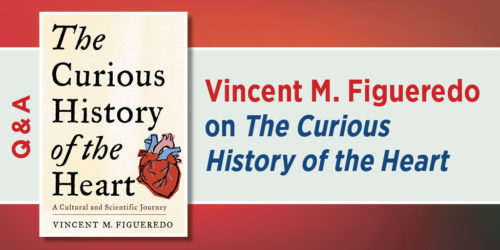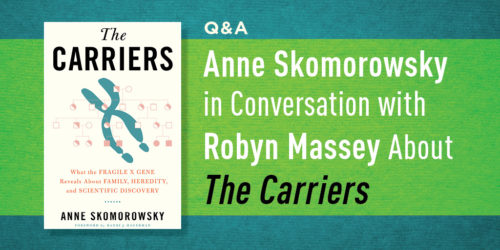Richard Ambron in Conversation with Robyn Massey About The Brain and Pain
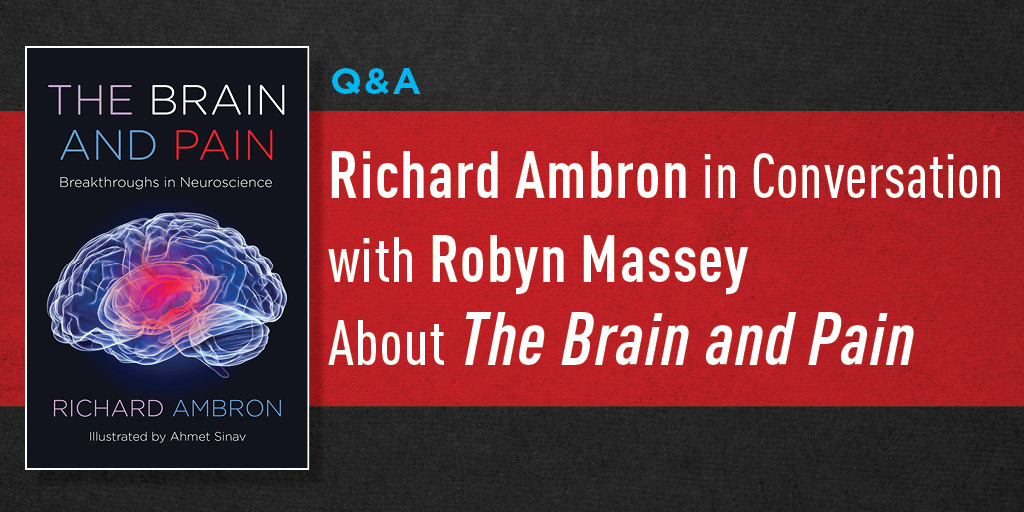
For forty years, Richard Ambron directed a neuroscience lab at the Vagelos College of Physicians and Surgeons at Columbia University. This experience makes him uniquely qualified to explain not only how pain happens, but also how to think about and treat pain. In The Brain and Pain, Ambron does just that. He also shares valuable insights into newer pain management options that serve as valid alternatives to opiates (hint: mindfulness meditation), as well as emerging treatments around the corner (hint: optogenetics*). He opens up about his findings in this conversation with publicist Robyn Massey.
Robyn Massey: What was the thing that got you into the field of brain science—and with a specialty in pain—to begin with?
Richard Ambron: Chronic pain is debilitating and dramatically reduces one’s quality of life. It also has enormous consequences for the economy and society in general. The fact that some 70 percent of patients who suffer from chronic pain fail to get relief from any treatment other than opiates meant to me that we really do not understand pain at the level that is needed to design more effective treatments. The goal of neuroscience is to understand how consciousness arises from the activity of the brain and since the experience of pain is subjective, I began to explore how information from the site of an injury results in the sensation of pain in the brain, and where in the brain the sensation of pain emerges. The goal of my book is to explain how new developments in brain science are opening new opportunities to alleviate chronic pain.
Massey: The nomenclature section of your book is very helpful, especially for those of us who aren’t neuroscientists. Does The Brain and Pain require a great deal of technical knowledge?
Ambron: No, just a basic understanding of biology and an ability to take on a vocabulary that might be unfamiliar. The concepts are fairly straightforward and the many illustrations are very helpful. The basic concepts are that it requires three neurons to convey information about an injury to the brain; that this flow of information can be blocked at various points, e.g. by opioids; and that what ultimately emerges as pain is shaped by beliefs, reward, motivation, etc. Consequently, suffering can be relieved by minimizing the activation of certain circuits in the brain, as with a placebo, hypnosis, or mindfulness training.
Massey: It’s often argued that our attention is one of our most precious resources. This is usually offered up in the context of how smart devices and social media are “stealing” our attention. In your book, you have a fascinating section about attention—specifically, about the interplay between pain and attention. On the one hand, our attention to pain or injury can save our lives. On the other hand, averting our attention from pain can save us from both short-term and chronic suffering. Can you please expound?
Ambron: The brain has an enormous capacity for computation, but since the number of stimuli in the outside world is almost limitless, the brain focuses on the one sensation that is most relevant at every given instant. You are walking in the park and hear a dog barking. Suddenly a siren blasts, and you no longer hear the dog. Then you stub your toe, and pain supersedes the sound of the siren. Pain will always dominate because it indicates a threat and the greater the pain, the greater the threat. However, we can ignore pain if we become distracted, i.e. have our attention directed elsewhere. This is why dentists play music – to distract the patient from the drill. Meditation, for example is designed to allow practitioners to willfully shift attention from pain to some other sensation or idea.
Massey: Yes. Let’s talk about mindfulness meditation. For forty years you were head of a lab in molecular neuroscience at the Vagelos College of Physicians and Surgeons at Columbia University. You taught a clinical anatomy course at Columbia, too. Your work makes you uniquely qualified not only to help readers understand pain, but also to offer some findings on alternative forms of pain management. Can you please explain your thoughts on this?
Ambron: A most significant development in understanding pain comes from recent advances in real-time brain imaging that show how pain can be alleviated or exacerbated by the selective activation of brain circuits. The identification of these circuits provides new ways to control pain. The findings from the brain imaging that validate mindfulness training as a non-pharmacological approach to managing pain are very significant. Anxiety and fear exacerbate pain, so learn how to control both. This is not easy, but can be expedited by using biofeedback procedures and/or meditation. Find activities that require focus, so as to distract the brain from the pain.
Massey: What would you say are the top three things you’d like the reader to take away from your book?
Ambron: One, pain is not an inevitable response to an injury. Two, the intensity of pain can be modulated by anxiety, fear, reward, and attention. Three, we are getting closer to identifying the circuits in the brain that are essential for the consciousness of pain. Once these are known, many new treatments will become available.
Massey: As you know, we have an opioid epidemic in the United States. What do your studies on pain tell us about this problem?
Ambron: The opiates are the most effective analgesics for severe pain. They are over-prescribed and over-used. The opiates become a problem because of tolerance, which means that over time a patient requires more of the drug to attain the desired outcome. There is a cognitive component as well. Many addicts take drugs because the circuits for reward in the brain deem taking the drug to be a desirable outcome. Controlling the reward circuits would reduce the desire to take the drug.
Massey: Is pain, “all in our head”? What is the difference between, say, pain experienced from a wound and chronic pain?
Ambron: Pain does indeed arise from the activity of the brain. It is necessary for life and is informative and adaptive: it alerts us to a lesion and normally lasts as long as the site of the lesion needs to be protected from additional damage. Chronic pain, on the other hand, serves no purpose and is a pathological condition that results from malfunctions in the pain system. We also present evidence that psychological pain is as real as physical pain and that it too can persist for long periods, with repercussions like severe depression.
Massey: Your book, a result of your many years of research, concludes that meditation is among the most promising treatments for managing pain. Is there anything else you’d like to impart, in general, as it relates to pain?
Ambron: Pain is complex, much more so than previously believed. Pain can be controlled by pharmacological interventions as well as by alternative procedures. We are beginning to understand in much greater detail how pain emerges from circuits in the brain and once these are identified, it will be possible to use procedures such as optogenetics to externally control the activity of these circuits to relieve intractable pain.
*That is, brain circuit stimulation.


